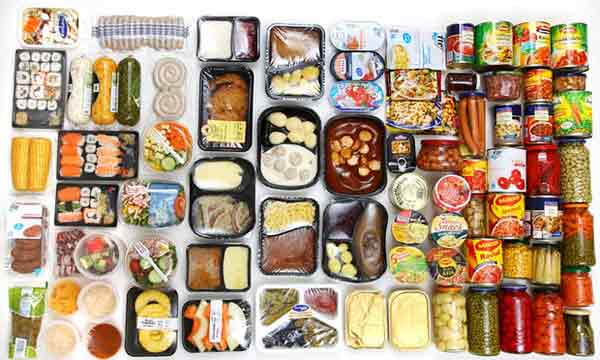
London, UK (BBN)-Diabetes is threatening to bankrupt the NHS after a 60 per cent rise in cases in the past 10 years, according to Diabetes UK .
But what’s behind that headline? Is it true? And can anything be done to stem the undeniable rise in diagnosis and cost of treatment?, reports The Guardian
It does appear to be true.
NHS data confirms that an additional 1.2 million adults are living with diabetes in England and Wales now compared to figures in 2005.
Most of this is type 2 diabetes which usually develops later in life, doesnot necessarily require insulin and is often related to obesity, especially in those with an inherited tendency.
Diabetes UK predicts that if current trends continue, 5 million people will have diabetes by 2025.
And care is suboptimal in 40 per cent of diabetics who don’t receive all eight care processes that the National Institute for Health and Care Excellence recommends.
Of the 100 amputations a week, 80 per cent are thought to be preventable with optimal care.
Diabetes is a killer and a major cause of significant health problems: kidney failure, stroke, heart attacks and blindness. And it’s expensive.
Diabetes treatment accounts for 10 per cent of the annual NHS budget (about £10bn a year).
And the devil is that it is often – though not always – a preventable disease.
The single biggest preventable factor is obesity. But of current trends continue, one in three of us will be obese by 2034 and one in 10 of us will be diabetic.
The NHS Diabetes Prevention Programme is aiming to introduce an evidence-based behavioural programme to fight this trend. It’s being developed and rolled out across the country.
Diabetes UK is also calling for more NHS resources to provide better care, avoid complications like amputations and give more “flexible education options” for people with diabetes.
Healthcare professionals are encouraged to identify individuals at particularly high risk of developing diabetes because they’re obese or have an inherited tendency, and offer specific intervention.
It’s the way we have become a nation of grazers. Schools need to teach pupils what 2,000 calories looks and feels like
And there is growing awareness of the need to identify and intervene when young people are becoming obese and at risk of type 2 diabetes.
There’s particular interest in trying to make sugary drinks more expensive, less attractive or less available, especially to young people.
But the only way that the tide will be turned is in a massive change in the way we lead our lives.
Sport has to come back into schools, playing fields reclaimed and repurchased, cycling made safe and walking to school become the norm.
And we’re going to have to stop eating all the time. It’s not just what we eat (although clearly sugary drinks and calorie laden muffins are not helpful).
It’s the way we have become a nation of constant grazers. Schools need to teach pupils what 2,000 calories a day looks and feels like.
It means a breakfast of toast or cereal, a sandwich and zero calorie drink (like water) at lunch and a supper of protein, veg and a portion of carbohydrate like some boiled potatoes.
Some fruit and a yoghurt, and you’re basically done for the day.
Who eats like that nowadays?
The messages need to be clear and unambiguous. Public health policies and political intervention are all very well.
But individuals need to know how to say no to the constant offers of food and sugary drinks that surround us.
The temptations will always be there. We need the tools to resist.
BBN/SK/AD